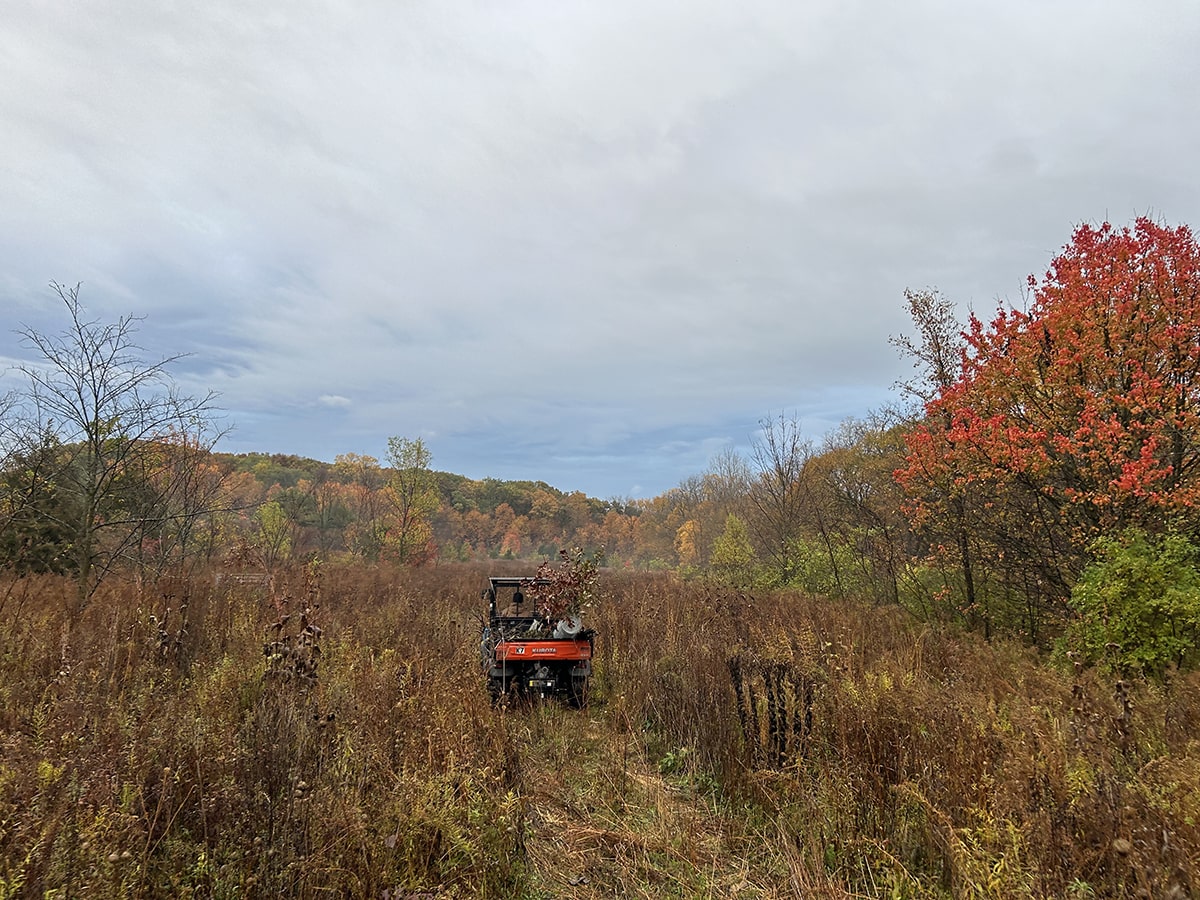Facing Challenges with Effective Land Stewardship?
Are you struggling to balance recreation, aesthetics or agricultural productivity with conservation goals on your property? Illinois landowners often face obstacles like managing invasive species and preserving native habitats and natural resources, while navigating complex regulations. Without a structured approach, achieving sustainable land use can feel overwhelming.
Establishing clear land management goals is essential for any land steward aiming to maintain the health and productivity of their property. To achieve this, it is important to develop a plan that aligns with both the property’s unique features and its ongoing management requirements. A comprehensive plan includes four elements: assessing past and current land use, identifying property boundary lines, analyzing topographical features such as slopes and wetland areas, and considering the presence of threatened or endangered species. By incorporating best management practices and outlining specific management activities, landowners can create a road map for sustainable use.


